Cushions fillers

Sofa cushions play an important role in the overall interior design. But, in addition to the decorative aspect, they also have a practical purpose of use. Indeed, it is pleasant to lie down on such pillows during rest, they make sitting on the sofa more comfortable, they can be used as a pouf. If, as a rule, the outer coating of the product is responsible for the decorative effect, then a high-quality filler provides convenience and durability.


Filler requirements
Cushion filling should ideally meet the following requirements:
- be resilient maintain its shape after the washing process, do not deform and quickly restore volume after contact with the human body;
- have a hypoallergenic composition, which does not provoke allergic reactions;
- be breathable - the filler, like the fabric of the cover, should not impede the full breathing of a person;
- correspond optimal rigidity;
- easily to be washed and cleaned.

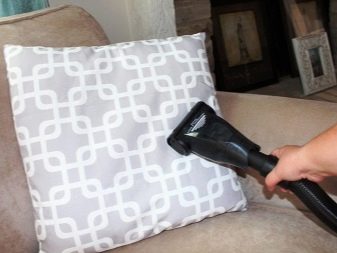
Views
By their structure, fillers for cushions can be of both natural and artificial origin.
Natural
These include primarily duck, goose, chicken and swan down, as well as feathers. The base can be vegetable: aromatic herbs, buckwheat husks, wood chips. Cotton wool also belongs to natural fillers. Recently, natural latex is sometimes used for filling.
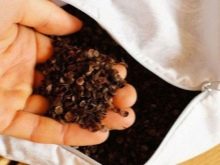
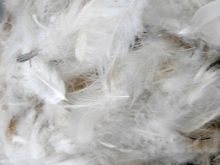
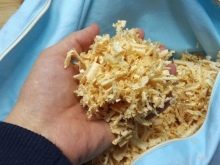
Synthetic
Most often, holofiber is used from artificial fillers as stuffing for pillows; it consists of polyester fibers in the form of balls. Inexpensive options are synthetic winterizer and furniture foam rubber.
Polystyrene has a fine-grained composition and is made from a special substance styrene, it contains about 90% air. The synthetic fluff is similar to the down of birds, and the struttofiber is like wool.
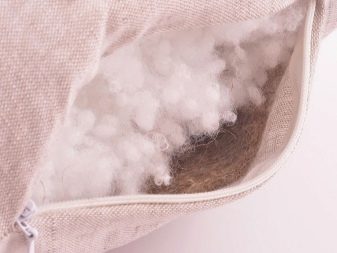

Silicone balls can be used for toy pillows.
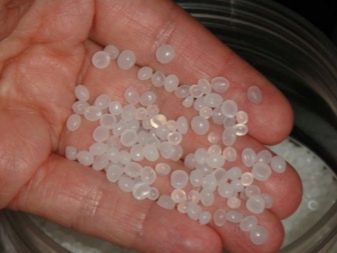

What's the best way to stuff your sofa cushions?
When choosing a basis for stuffing sofa cushions, it should be borne in mind that natural fillers from bird down and feathers, despite their lightness, softness and breathability, can provoke allergies to dust mites... In addition, they are quite difficult to care for. Herbal ingredients are short-lived and can also cause various allergic symptoms. Cotton wool quickly collapses into lumps, hardening and losing its shape. Natural latex is elastic and pleasant to the touch, but too expensive.

Nowadays, synthetic materials are very often used for stuffing sofa cushions, for example, holofiber. It is easy to care for, durable, easily restores its shape, perfectly breathable, lightweight, hypoallergenic and environmentally friendly, has a long service life. Foam and padding polyester fillers are also easy to clean, but very short-lived. Polystyrene is a lightweight, inexpensive material, it is breathable and prevents moisture penetration. The synthetic fluff is hygroscopic and easy to clean, and the cushions with silicone balls are ideal for small children.
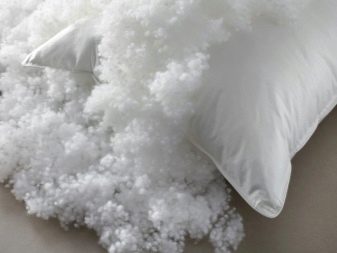
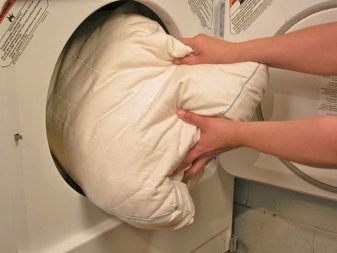
How to fill?
You can easily replace the old filler with a new one at home. The best option for this is holofiber, since it fully meets all the requirements of an ideal filler for sofa cushions. One small pillow will require approximately 500 g of this material. It's easy to get it, it is widely available for sale both in regular retail outlets and in various online stores.
But it should be borne in mind that holofiber can be of different densities, and this filler, which contains foam rubber crumbs, retains its shape better and will last longer.

The step-by-step instructions for replacing the filler include a number of steps.
- Remove the cushion cover and wash it if necessary.
- Using scissors, a knife, or a razor blade, carefully open the seam on one side of the pillow.
- Carefully turn the pillowcase with the old filler into a recycling bag.
- After that, the pillowcase must be well shaken out and washed. If it has become dilapidated, then buy a new one of the same size in advance.
- Then slowly fill the dried pillowcase with holofiber.
- Shake the pillow so that the filler is evenly distributed inside.
- Sew the hole by hand or using a sewing machine. When working on a typewriter, a double stitch should be used, it is more durable.
- Place the cover over the pillowcase and close it.
With the help of such simple manipulations, you can independently change the filler and extend the service life of the sofa cushion for a considerable number of years.
You will learn more about how to make a cushion with synthetic winterizer on your own.








